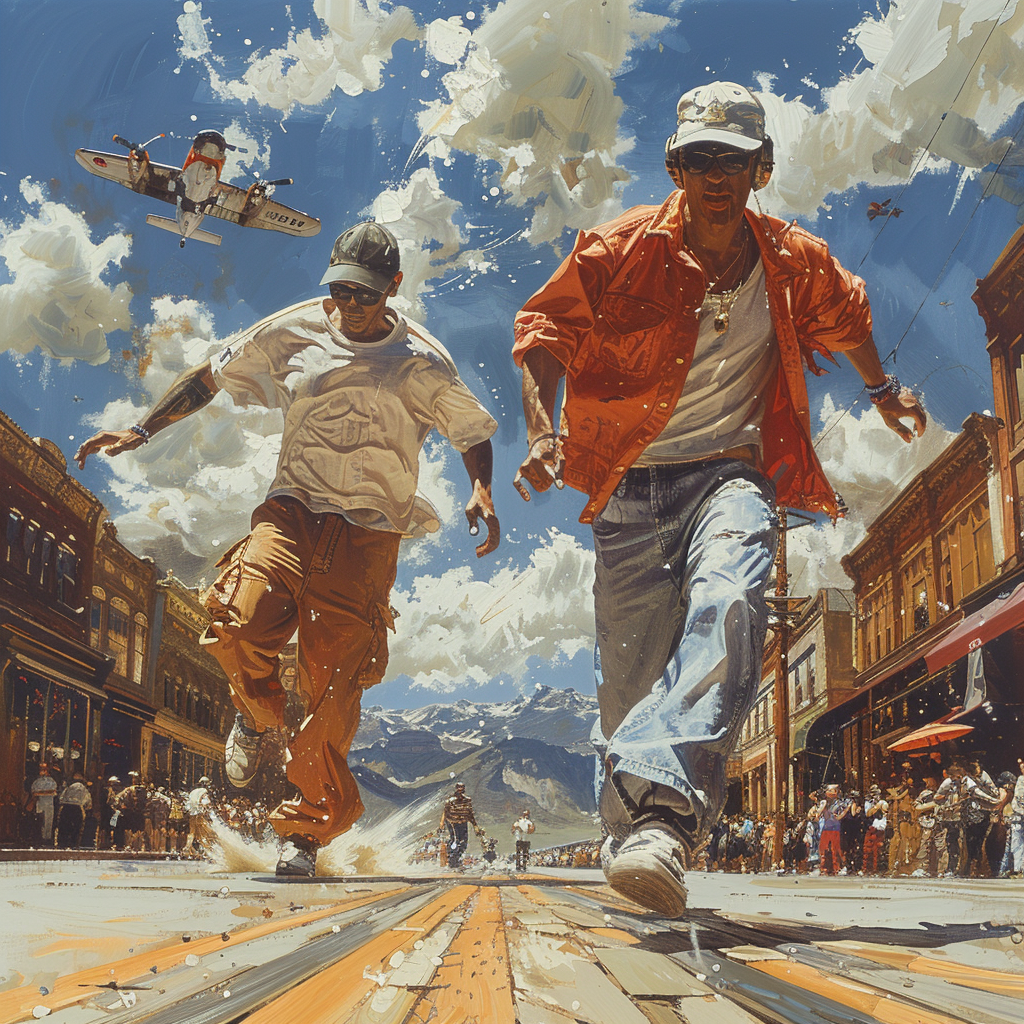Street dance is a diverse and ever-evolving art form, encompassing a wide range of styles that reflect the creativity and cultural influences of its practitioners. Each street dance style carries its unique history, movements, and characteristics, contributing to the rich tapestry of this dynamic dance form. Let’s dive into some of the most prominent street dance styles and discover what makes them stand out.
1. Breaking (B-boying/B-girling)
Breaking, often referred to as b-boying or b-girling, originated in the 1970s and is one of the foundational styles of street dance. Characterized by its acrobatic movements, power moves, and intricate footwork, breaking is usually performed to hip-hop, funk, or breakbeat music. Dancers showcase their skills in battles, where they compete against each other with their signature moves, freezes, and floorwork.
2. Locking
Locking emerged in the late 1960s and is known for its distinctive “locking” positions and upbeat, funky movements. Dancers execute quick and exaggerated stops, creating a visually exciting and playful style. The use of “locking” positions and the element of surprise are key features of this joyful and energetic dance form.
3. Popping
Popping, developed in the 1970s, is characterized by sharp, isolated movements that create the illusion of popping or contracting muscles. Dancers execute movements like the “pop,” “wave,” and “robot,” showcasing control and precision in their execution. Popping often incorporates elements of animation and is performed to a variety of music genres.
4. Hip-Hop
Hip-hop dance is an umbrella term that encompasses various street dance styles performed to hip-hop music. It includes elements of breaking, locking, and popping, as well as freestyle movements and choreography. Hip-hop dance is versatile and expressive, allowing dancers to infuse their individual style and personality into their performances.
5. Krumping
Krumping originated in the early 2000s in Los Angeles as a form of expressive and high-energy dance. It involves intense and aggressive movements, with dancers using their entire body to convey emotions and tell stories. Krumping often involves “battles” where dancers engage in passionate and raw performances.
6. Waacking
Waacking, also known as whacking, emerged in the 1970s and is characterized by graceful and fluid arm movements combined with posing and footwork. Dancers execute precise and rhythmic movements, often performing in a circular motion to disco or funk music. Waacking is a dance style that celebrates individuality and self-expression.
7. House Dance
House dance originated in the 1980s in Chicago and New York City and is inspired by the music and dance culture of house music. It combines footwork, fluid movements, and improvisation, often incorporating elements of other street dance styles. House dance is known for its soulful and groovy vibe, reflecting the essence of house music.
Conclusion
Street dance styles are as diverse as the communities that embrace them. Each style represents a unique form of storytelling and self-expression, embodying the cultural influences and experiences of its originators. From the acrobatic moves of breaking to the fluidity of waacking, street dance continues to evolve, adapt, and inspire generations of dancers worldwide.
As we explore these different street dance styles, we gain a deeper appreciation for the artistry, dedication, and passion that dancers bring to their craft. Join us in celebrating the vibrant world of street dance and discovering the endless possibilities it offers for artistic expression.
Keep grooving, keep exploring, and keep dancing!




